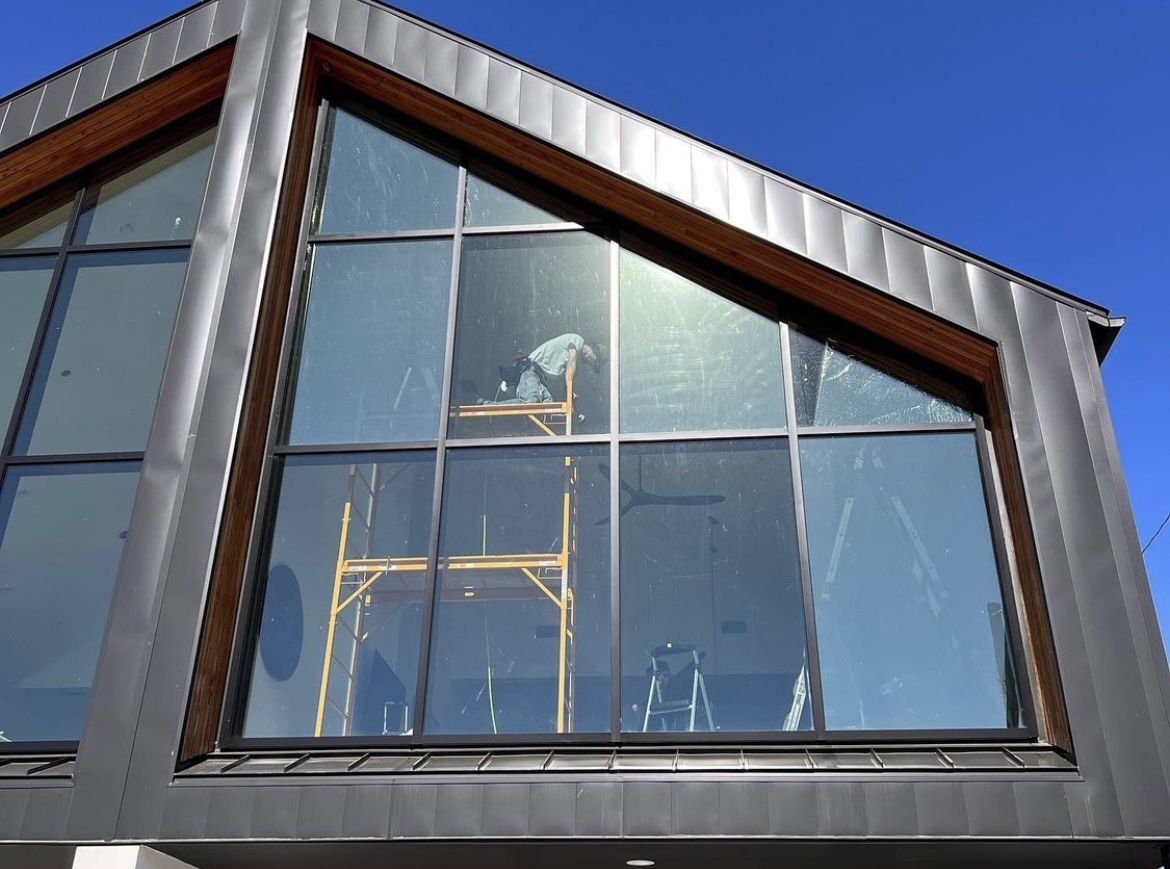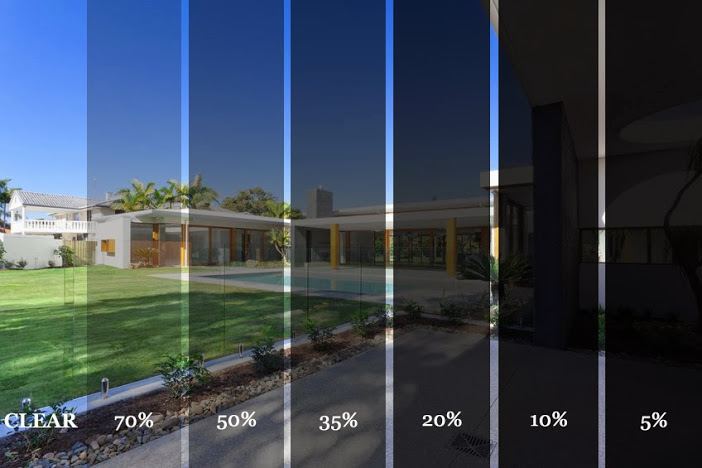Exactly How Residential Home Window Tinting Boosts Your Home's Energy Efficiency
Residential window tinting offers an engaging service for house owners seeking to enhance power performance within their living spaces. By using specialized movies to home windows, it efficiently decreases heat transfer, thereby supporting indoor temperatures and minimizing the need for excessive home heating or cooling. This not only cuts energy consumption yet likewise gives a much more comfy atmosphere by minimizing glare. Understanding the nuances of exactly how tinting jobs and selecting the proper type for your home can be crucial. Oddly, what aspects should one think about prior to making this financial investment?
Recognizing Home Window Tinting
Comprehending home window tinting is necessary for home owners looking for to boost both convenience and power efficiency in their space. Residential Window Tint. Home window tinting involves the application of a slim movie to the inside or exterior surface area of glass windows. This movie can dramatically regulate the amount of sunlight and warm that enters a home, thus affecting interior environment problems
There are different types of window tinting films offered, each with unique homes. For circumstances, colored films take in solar power, while reflective films deflect it far from the glass surface. Ceramic movies provide an equilibrium of visibility and warmth denial, making them a preferred option amongst house owners. The effectiveness of home window tinting is commonly gauged by its Visible Light Transmission (VLT) portion, which shows exactly how much light can pass via the film.
Benefits of Energy Effectiveness
Window tinting not just enhances aesthetic appeals however additionally plays a significant function in boosting power efficiency within domestic areas. By reducing warmth transfer with home windows, tinted movies create a much more stable interior climate, which can result in substantial reductions in power intake for cooling and heating. This power effectiveness translates into reduced utility expenses, giving property owners with substantial long-lasting savings.

In addition, window tinting boosts the convenience of living rooms. By lessening glow and obstructing harmful UV rays, tinted home windows create a more pleasurable setting, which can result in enhanced health for passengers. The security against UV rays also aids protect furniture and flooring from fading, contributing to the longevity of home products.
Just How Tinting Works
Tinting movies run with a combination of sophisticated products and innovations developed to control the amount of solar energy getting in a home. Largely composed of polyester, these movies frequently incorporate metal or ceramic bits that show and take in heat. This dual capacity allows them to considerably decrease the penetration of ultraviolet (UV) rays and infrared radiation while allowing visible light to go through.
The performance of home window tinting is measured by its solar warm gain coefficient (SHGC), which suggests exactly how much solar energy is transmitted via the window. Reduced SHGC values are more effective as they denote better warm being rejected. In addition, window colors can include a variety of tones, allowing property owners to tailor their aesthetic choices while improving power effectiveness.
Furthermore, these films act as an obstacle, avoiding warm loss throughout cooler months by reflecting interior heat back right into the home. This thermal insulation effect matches the cooling advantages acquired throughout warmer months, contributing to a balanced indoor environment year-round. By managing solar energy successfully, domestic home window tinting not only boosts comfort but additionally plays an essential role in reducing power consumption and lowering energy costs.
Picking the Right Color

There are various types of home window films available, including colored, metalized, and ceramic. Ceramic movies supply excellent heat control without compromising exposure and are extremely resilient, making them a popular option.
Noticeable light transmission (VLT) is another essential element, as it suggests the amount of natural light that can travel through the tinted glass. Home owners should choose a tint with a VLT that complements their lights choices while still providing appropriate glow reduction.
In addition, evaluating the solar warm gain coefficient (SHGC) can aid establish just how well a color can block heat from sunshine. A reduced SHGC shows better heat control, eventually improving power effectiveness.
Installation and Upkeep Tips
Appropriate installment and maintenance are essential elements in making the most of the benefits of domestic window tinting. To attain optimal outcomes, it is advisable to hire a certified expert for installation. This makes sure that the color is applied properly, staying clear of air bubbles, wrinkles, or misalignment that could endanger efficiency. Experts also utilize specialized methods and tools, which can enhance the longevity and effectiveness of the tint.
Following installation, upkeep is essential to lengthen the life of the home window film. It is suggested to wait at least 30 days before cleaning the colored home windows to permit the adhesive to treat fully.
Additionally, routine inspections are advantageous. Look for any type of peeling or bubbling, which might show improper installment or put on gradually - Read Full Report Residential Window Tint. Addressing these concerns without delay can protect against further damages and keep energy performance. By sticking to these installment and maintenance suggestions, property owners can guarantee their window tinting proceeds to supply substantial energy cost savings and comfort for years ahead.
Conclusion
Finally, domestic home window tinting offers as an efficient option for enhancing energy effectiveness within homes. By lowering warmth transfer and blocking damaging UV rays, window movies contribute to reduce energy consumption and enhanced interior convenience. The choice of ideal tinting products, along with appropriate installment and upkeep, even more makes best use of these benefits. Eventually, window tinting stands for a lasting financial investment that not only reduces energy expenses yet additionally advertises a comfortable living environment throughout the year.
Home window tinting entails the application of a slim film to the inside or outside surface area of glass home windows. By lowering warm transfer through windows, tinted visit homepage films develop an extra secure indoor climate, which can lead to substantial reductions in energy intake for home heating and cooling.The efficiency of home window tinting is gauged by its solar warmth gain coefficient (SHGC), which shows just how much solar energy is sent via the home window. By managing solar energy effectively, domestic home window tinting not just my latest blog post improves comfort but also plays a vital duty in minimizing power intake and lowering utility bills.
By lowering heat transfer and obstructing damaging UV rays, window movies contribute to decrease power usage and boosted interior comfort.